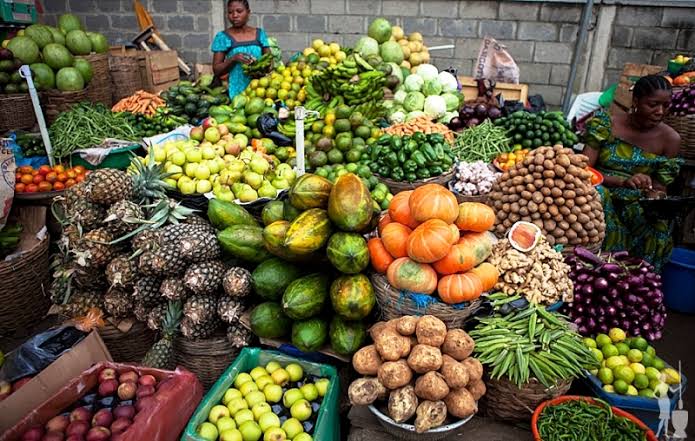By Alex Enemanna
Food is one of the most critical elements to the survival of any living creature. It is a very important factor to be contended with in human physiological and emotional well-being. It was Abraham Maslow, an American psychologist and philosopher, who among air, water, shelter, sleep, clothing and reproduction, classified food as the first line of the most pressing human wants in his five hierarchy of human needs.
Today, there is always palpable fear of uncertainty, loss of sense of esteem and tension when individuals or families are confronted with a situation in which sourcing for food poses a challenge. Paradoxically, with Nigeria’s massive arable lands, availability of productive workforce and soil fertility, the country has, since 1973, grappled with challenges of adequate production of food for domestic consumption and for export for revenue generation. Not even several interventionist programs by the successive administrations, most of which were initiated by military government, have helped in salvaging the ugly situation.
For instance, there were five agriculture policies between 1972 and 1985. They include the National Accelerated Food Production Programme (NAFPP), from 1972 to 1973; Operation Feed the Nation (OFN), from 1976 to 1980; Green Revolution Programme (GRP), from 1981 to 1983; Go Back to Land Programme, from 1983 to 1985, and a restoration of the elements of NAFPP after the military coup in 1985. The policy goal of NAFPP was to make Nigeria self-sufficient in food production.
Then General Olusegun Obasanjo’s Operation Feed the Nation (OFN) of 1976 sought to increase local food production and thereby reduce imports. Under the program, citizens were encouraged to cultivate any empty plot of land, urban dwellers being encouraged to garden undeveloped building plots. In 2011, the administration of President Jonathan launched an Agricultural Transformation Agenda. The outcome was to promote agriculture as a business, integrate the agricultural value chain and make agriculture a key driver of economic growth. The major reasons why these gigantic interventions could not see the ray of light cannot be extricated from obvious lack of the inclusion of key stakeholders, weak agriculture development policies and short duration of agriculture development policies. Others are inadequate monitoring and evaluation of programmes and of course lack of political will for incoming governments to carry on with the policies of the government they succeed.
Even with these steps, Nigeria has continually been a matter of global concern in terms of right quantity of food and nutrients for its citizens. The legible indices of chronic hunger and acute shortage of food have continued to stare the citizens at the face. According to World Food Programme (WFP) Nigeria’s human development indicators are poor.
In addition, Nigeria is also subject to periodic droughts and floods. This has had an adverse impact on agricultural output and increased the vulnerability of populations, especially in rural areas. In 2018 for instance, rice farmers who benefitted from CBN’s anchor borrowers fund in many states, which was another interventionist agenda of the Federal government, lost thousands of tons of rice due to flood during the cropping season.
The flood is said to affect farmers across the country every year because farms are submerged by rainwater and crops destroyed before harvest. This is a monumental national loss
Also tied to the alarming hunger statistics in the country today is the high level of conflict that has plagued the country, no thanks to the constant clashes between the herdsmen and their pastoral locals who usually accuse the former of trampling on their right by wanton destruction of crops.
Despite all these, Nigerians should not relent in engaging in agricultural venture, at least, at subsistent level. If every grown up Nigerian cultivates at least one plot every year, hunger will be a thing of the past in the land.









Comments are closed for this post.